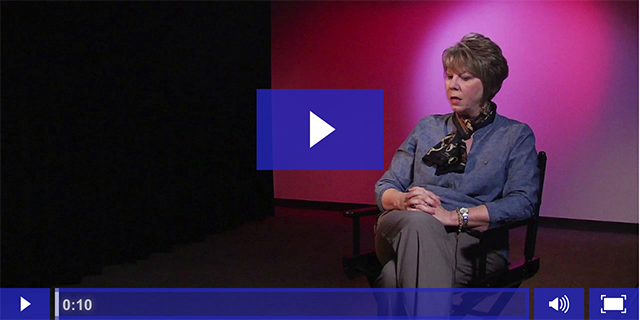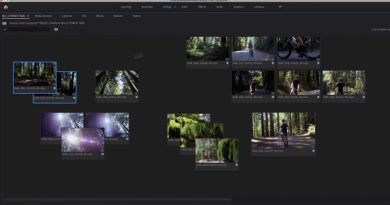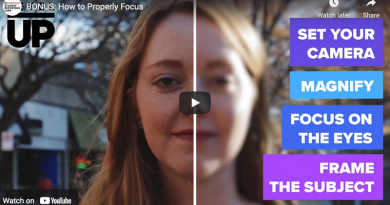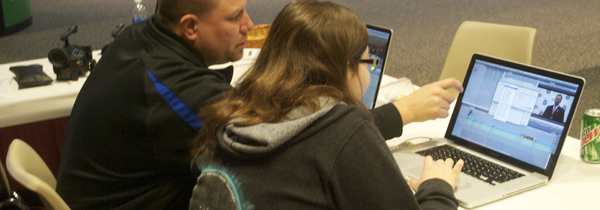Add Variety to Formal Video Broadcast Interviews with Multiple Cameras and Mics
 One way to give yourself some options when you are editing a story or special project, especially one that includes a lot of long soundbites, is to use three cameras and two microphones instead of the usual one camera/one-mic configuration often used in the field.
One way to give yourself some options when you are editing a story or special project, especially one that includes a lot of long soundbites, is to use three cameras and two microphones instead of the usual one camera/one-mic configuration often used in the field.
The first two cameras are aimed at the reporter and the subject separately. Remember, both cameras go on the same side—don’t cross the axis. But they should each point at one person, one at the reporter, the other at the guest. And it is fine for the videographer to vary the shot now and then.
Then put microphones on both so you have a chance to capture the give-and-take of the conversation. We see this all the time on network news, and especially on newsmagazines like “Dateline” and “60 Minutes.” (Think about all those times Keith Morrison is having a lively exchange with a suspect)
Your third camera should be used to get creative cut-aways of both the reporter and the subject. This is where you can have some fun and show some creativity. Get wide shots, side shots, tights of hands gesturing, extreme close-ups of a person’s eyes, you name it. Pull back and let the audience see the crew for a little while, include the lights, the cameras, whatever. Folks love glimpses of what they normally can’t see.
One thing we like to do is tell the person(s) we are interviewing that the third camera will be moving around the room to get different shots. Otherwise, they may wonder why the guy who was over there is now over here!
Below are a couple of short examples of conversations we used in a special program a couple of years back. Notice how the third camera adds some nice variety with the cut-aways.
Studio Interview Examples:





